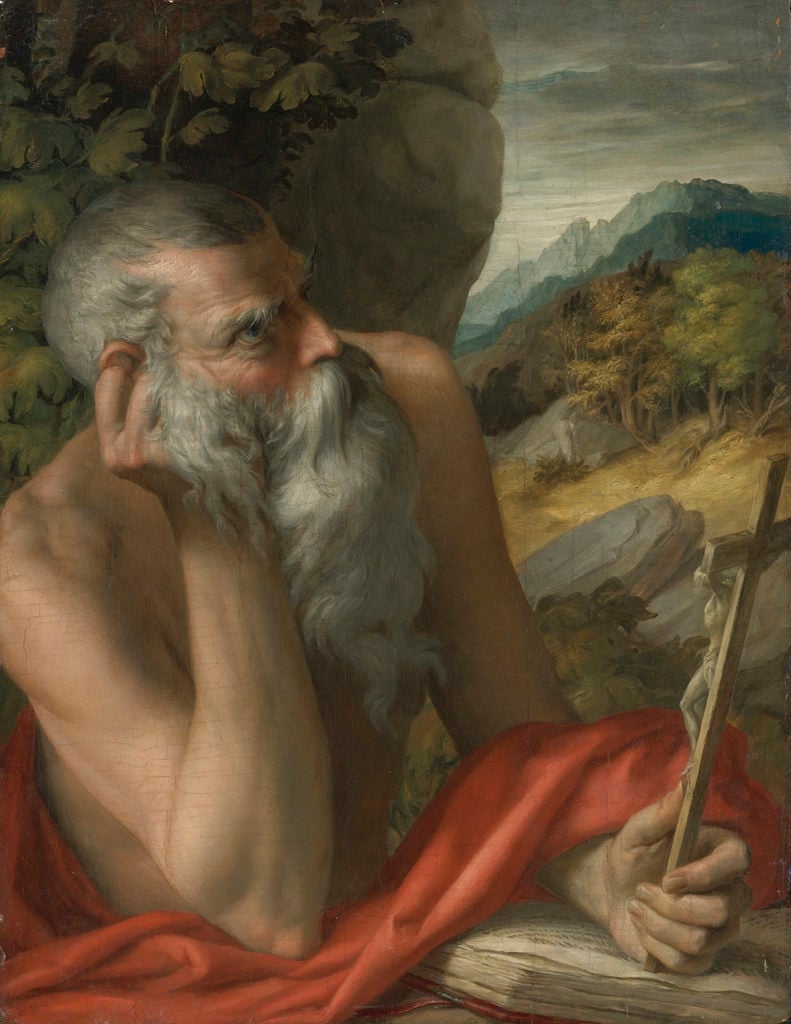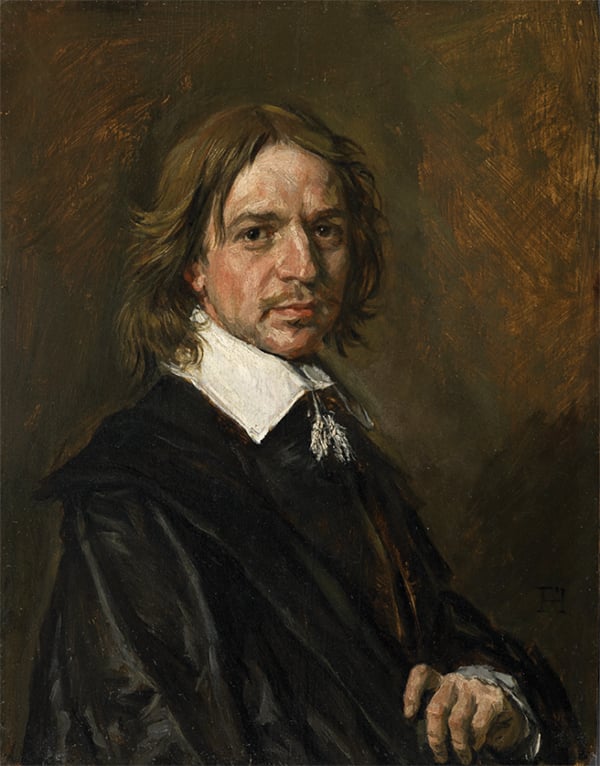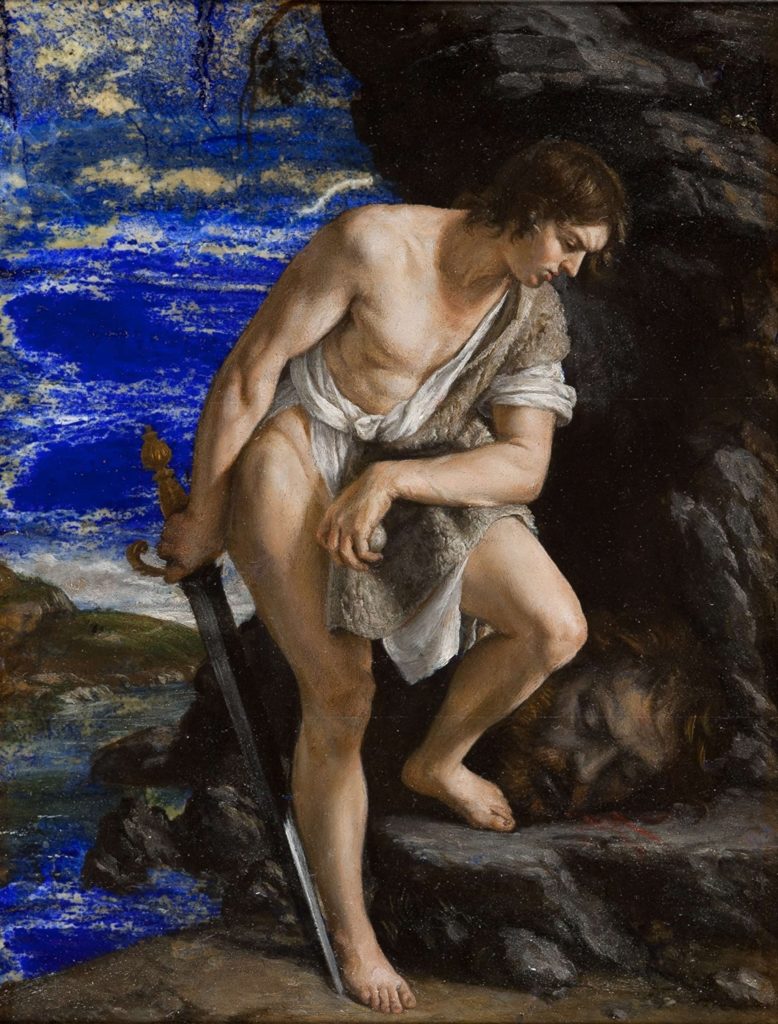Law & Politics
Sotheby’s Sends Suspected Forgery to Same Company That Busted Knoedler Ring
More bad news could be coming.

More bad news could be coming.

Sarah Cascone

More damning evidence in the unfolding Old Master forgery scandal could be on the way.
One of the suspect paintings linked to French collector/dealer Giulano Ruffini, a Saint Jerome canvas that has been attributed to Parmigianino or his circle, is now undergoing scientific testing via Orion Analytical, which bills itself as an exclusive “materials analysis and consulting firm”.
The painting was part of the “Important Old Master Paintings and Sculpture” sale at Sotheby’s in January 2012, where it went for $842,500. At the time, the house identified the work as being by part of the artist’s circle, but it was displayed at the Metropolitan Museum of Art in New York with a Parmigianino attribution between April 2014 and February 2015.
Sotheby’s has already issued a $10 million refund to US collector Richard Hedreen for Portrait of a Man, originally thought to be by Frans Hals, after analysis conducted by Orion “showed the presence of modern materials used in the painting in a way that meant that it could not have been painted in the 17th century,” said the auction house in a statement.

Franz Hals, Portrait of a Man, one of a series of Old Master works sold by a French dealer that authorities now believe may be forgeries.
“Clients transact with us because they know Sotheby’s will keep its promises when problems arise, and we were very pleased to do that in this case,” the house added.
According to the catalogue, the canvas was unknown until 1999, when someone named Marco Di Giampaolo heralded the work as a newly-discovered Parmigianino in the Italian periodical Prospettiva. The only listed provenance was a private collection from France.

Orazio Gentileschi, David Contemplating the Head of Goliath, now thought to be a forgery. Courtesy of the Weiss Gallery.
The house allowed that other scholars believed the painting was instead by a close member of the artist’s circle, but pointed to the unusual depiction of the crucifix in the saint’s hand, noting that a preparatory drawing by Parmigianino now in the collection of the J. Paul Getty Museum in Los Angeles features the same three-quarter back profile view of the object.
“Regardless of attribution, the extremely high quality, technical virtuosity and intense emotions of this Saint Jerome single it out as an exceptionally fine example of 16th century northern Italian Mannerism,” wrote Sotheby’s in the auction catalogue.

Lucas Cranach the Elder, Venus (1531). Courtesy of Wikimedia Commons.
The Met was similarly appreciative of the canvas. “The work was here for study and during that time curators of the European painting department had occasion to discuss it with leading experts on the artist,” a spokesperson for the institution told the Art Newspaper, adding that “the only point of dispute was whether it was painted by Parmigianino or by an artist close to him.”
The Hals is the most recent high-profile work of art Orion has investigated as a possible forgery. The company also examined the paintings in the Knoedler forgery lawsuit brought by collector Domenico De Sole, with Orion founder James Martin offering damning expert testimony.
Despite mounting evidence pointing to a widespread forgery scheme, TAN points out that several dealers and collectors are holding out hope. “I still have to be convinced,” said London dealer Mark Weiss, who sold the Hals through Sotheby’s.
Johann Kraeftner, director of the collection of the Prince of Lichenstein, whose Lucas Cranach the Elder Venus was seized earlier this year by French authorities who believed it to be fake, said he has “no reason to doubt the authenticity of the painting.”
Sotheby’s declined to release a copy of Orion’s report, but told artnet News that they are currently investigating whether or not they had sold any other works connected to Ruffini.